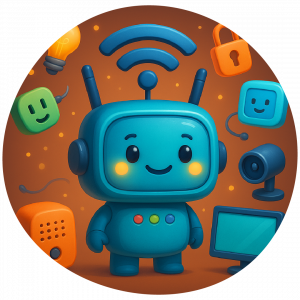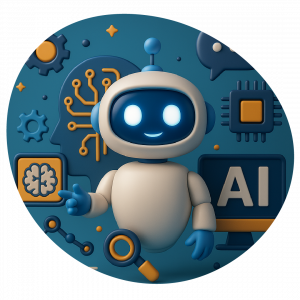Computing is everywhere: social interactions, banking, e-commerce, transportation, travel and entertainment, among others. Children and teenagers are part of a generation that grows with technology as an essential part of their lives.
Do our children need to learn computing? It is common to hear the phrase “children have an integrated chip and use technology easily”. Certainly, they have a great disposition to use different devices and technology tools. However, this does not mean that they do not need to learn computing as a key area of their training.
 In 2012, a study called “Shut down or restart?” Was carried out in the United Kingdom to describe the situation of computer learning in schools. The diagnosis was resounding: the teaching of computers was unsatisfactory, specialist teachers are not trained and it is necessary for students to learn computer science.
In 2012, a study called “Shut down or restart?” Was carried out in the United Kingdom to describe the situation of computer learning in schools. The diagnosis was resounding: the teaching of computers was unsatisfactory, specialist teachers are not trained and it is necessary for students to learn computer science.
 Research and studies like the previous example have motivated governments and schools themselves to include computer teaching in the curriculum, taking advantage of the deep links they have with mathematics, science, design and other areas of great importance nowadays. It is not enough to know how to browse the web and use mobile applications; computing has broader scope in almost all activities of our life.
Research and studies like the previous example have motivated governments and schools themselves to include computer teaching in the curriculum, taking advantage of the deep links they have with mathematics, science, design and other areas of great importance nowadays. It is not enough to know how to browse the web and use mobile applications; computing has broader scope in almost all activities of our life.
Nor is it about all students being computer engineers. The goal is for our children to develop and strengthen their Computational Thinking. This concept is an approach that combines ideas and the power of technology to solve problems. This does make a difference in the present and the future children and teenagers!
 Computational Thinking fosters curiosity, communication, collaboration and creativity. It facilitates the practice of essential processes in the education of our children, for example: collect, analyze and represent data, subdivide tasks and problems, create a series of steps that lead to a solution (algorithms), use models and simulations.
Computational Thinking fosters curiosity, communication, collaboration and creativity. It facilitates the practice of essential processes in the education of our children, for example: collect, analyze and represent data, subdivide tasks and problems, create a series of steps that lead to a solution (algorithms), use models and simulations.
According to the “The Future of Jobs” report of the World Economic Forum, 65% of the students who are beginning their academic training will have jobs that do not currently exist. Another way to see it: many jobs that are available now did not exist 10 years ago.
Families and schools must worry about motivating and preparing our children to be lifelong learners. Computational Thinking is an essential competence to take advantage of the full potential offered by technology and minimize the risks that may result from its misuse.
 Our proposal in T-Box has as its central axis the development of Computational Thinking. The educational projects your child does during the school year respond to international standards and facilitate the exploration of different technology tools used to complete tasks or solve specific problems. Let’s work together so that our children are at the heart of the digital transformation!
Our proposal in T-Box has as its central axis the development of Computational Thinking. The educational projects your child does during the school year respond to international standards and facilitate the exploration of different technology tools used to complete tasks or solve specific problems. Let’s work together so that our children are at the heart of the digital transformation!



